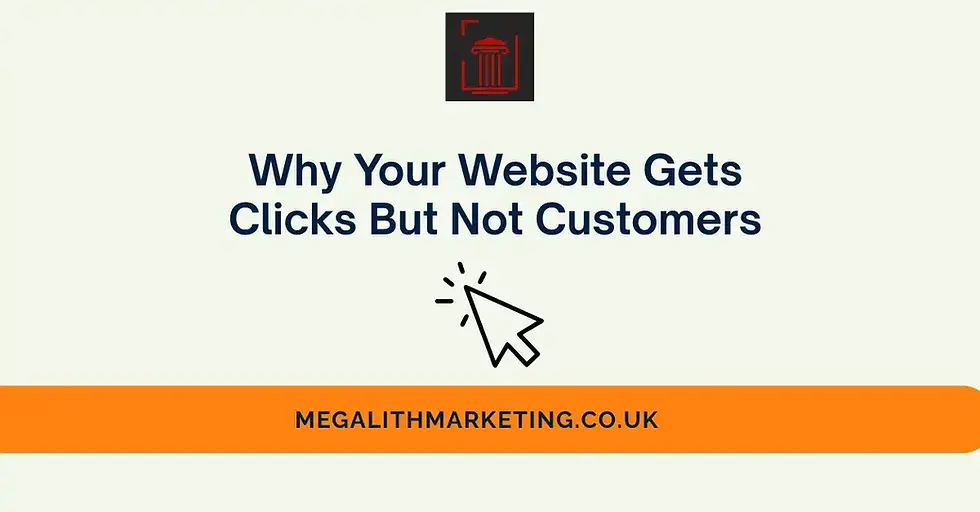The Best Advice For Storytelling In Marketing I’ve Ever Gotten & Why It Sells Like Crazy
- Filip Szemiczek

- Oct 31
- 3 min read
People don’t buy because of logic. They buy because of how they feel.
Then, they justify it with logic after.
That same rule applies to your business.
Your customers don’t buy products or services. They buy stories about how that service will make their life better.
So this article will teach you how to use storytelling in marketing to sell like crazy.
Let’s dive in.
The Power of Storytelling In Marketing
A homeowner doesn’t really want a new roof. They want to stop worrying about leaks when it rains.
A restaurant customer doesn’t buy dinner. They buy a night off from cooking, or just the dining experience if they’re out with someone.
A fitness coach doesn’t sell workouts. They sell increased confidence for being in shape.
When you tell stories that make people feel something, they start relating to it.
And because people buy with emotion… That’s when the sale happens.
The Best Storytelling Advice I’ve Ever Been Given
This one changed everything for me.
Don’t retell your story. Relive it.
Let me explain.
When you retell a story, you sound flat. It’s just facts and summaries.
“When I started my business, it was tough. I didn’t have clients.” That’s fine. But nobody feels that.
Now let’s relive it.
“I remember sitting in my van after another no-show client, staring at my phone,
wondering if this whole business thing was a mistake.”
See the difference?
When you relive the story, you put yourself back in that moment.
You feel the emotions again. The fear, the excitement, the relief.
And because you feel it, your audience does too.
That’s how you make your story powerful enough to sell.
How To “Relive” Instead of “Retell”
Here’s a quick 3-step process you can use right now to write stories that connect with customers.
Step 1 - Go Back To The Moment
Close your eyes and actually picture the event.
What did you see? What did you hear? How did it smell? What was going through your mind?
Instead of saying, “I helped a client save time,” say, “She looked at me with tired eyes and said, ‘I just don’t have time to deal with this anymore.’”
Small details make people feel what your client felt.
Step 2 - Show The Transformation
Stories are powerful because they show change. It’s like a before-and-after photo.
Before: frustrated, worried, stuck.
After: calm, relieved, confident.
Instead of retelling a story, you’re showing how it felt before and how it feels after working with you.
That’s what sells your service.
Step 3 - Tie It Back To The Customer
Every story you tell should connect to your customer’s emotions.
Example: “If you’ve ever had that same sinking feeling when something breaks at home, you know how stressful it can be. That’s why we built our emergency repair service, so you never have to feel that again.”
Don’t just tell stories for the sake of telling stories. Help the customer see themselves inside it.
Logic vs Emotion in Marketing
You can list every logical reason someone should work with you. Your experience, quality, reliability, and speed.
But your competitors are saying the exact same things.
What makes people remember you is emotion.
When you tell stories that make them feel, you become something more memorable than just another company logo they have to remember.
The best marketers connect on emotion. They don’t explain in detail why a purchase makes logical sense.
Here’s the shortcut version:
Logic makes people think.
Emotion makes people buy.
The way to sell with emotion is to relive your story, not retell it.
Add vivid detail.
Show transformation.
Make it relatable.
When you do this, your story becomes a bridge from where your customer is now to where they want to be.
And once they cross that bridge, they don’t forget who built it. They will repay you eventually and recommend you to others happily.
If you found that article helpful, check out some others on this page! This is the 54th, so you’ll find loads of other helpful marketing material.
Thanks for reading,
Filip Szemiczek





Comments